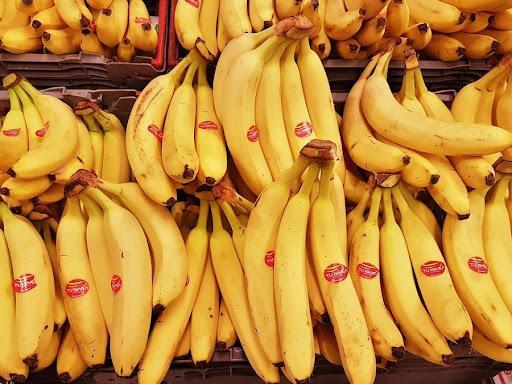Colombian banana exports to grow 5% this year
Colombia
Friday 10 May 2024
VU
Colombia is the world's fifth largest banana exporter. According to a representative of the sector, the country aims to increase its banana exports by 5% this year, after a drop in productivity in 2023. Despite this drop, international sales increased thanks to a successful marketing campaign (photo: renthabilidad.com.co).
Colombia is the world's fifth largest banana exporter. According to a representative of the sector, the country aims to increase its banana exports by 5% this year, after a drop in productivity in 2023. Despite this drop, international sales increased thanks to a successful marketing campaign.
Last year, the country exported 105.5 million boxes of 20 kg each, 2.3% less than the 108.1 million boxes exported in 2022. This decrease was mainly due to excessive rainfall, which reduced the productivity of the plantations.
However, the total value of banana exports reached $969.1 million last year, up 8.7 per cent from $891.8 million in 2022. Emerson Aguirre, president of the Association of Colombian Banana Growers (Augura), said the sector expects a 5% increase in volume by 2024, while seeking fair prices and a 5% increase in productivity.
Productivity per hectare remained at 2,026 boxes, a similar figure to 2022, despite increased rainfall, which also caused outbreaks of black sigatoka. This forced the intensification of spraying to protect crops, Aguirre said.
Bananas are Colombia's third largest agricultural export after coffee and flowers, generating 50,000 direct jobs. Last year, the main markets were the European Union (66%), the United States (17%) and the United Kingdom (14%).
In 2019, Colombia detected the Fusarium Tropical Race 4 fungus in La Guajira, which causes Panama disease and affects Cavendish bananas. The situation has been kept under control thanks to a containment model with strict sanitary measures, Aguirre said.
With around 53,000 hectares dedicated to bananas in 2023, Colombia remains alert to a possible increase in moko, a bacterium that affects the crop, due to flooding from the La Niña weather phenomenon.
fuente: agronegocios.co





